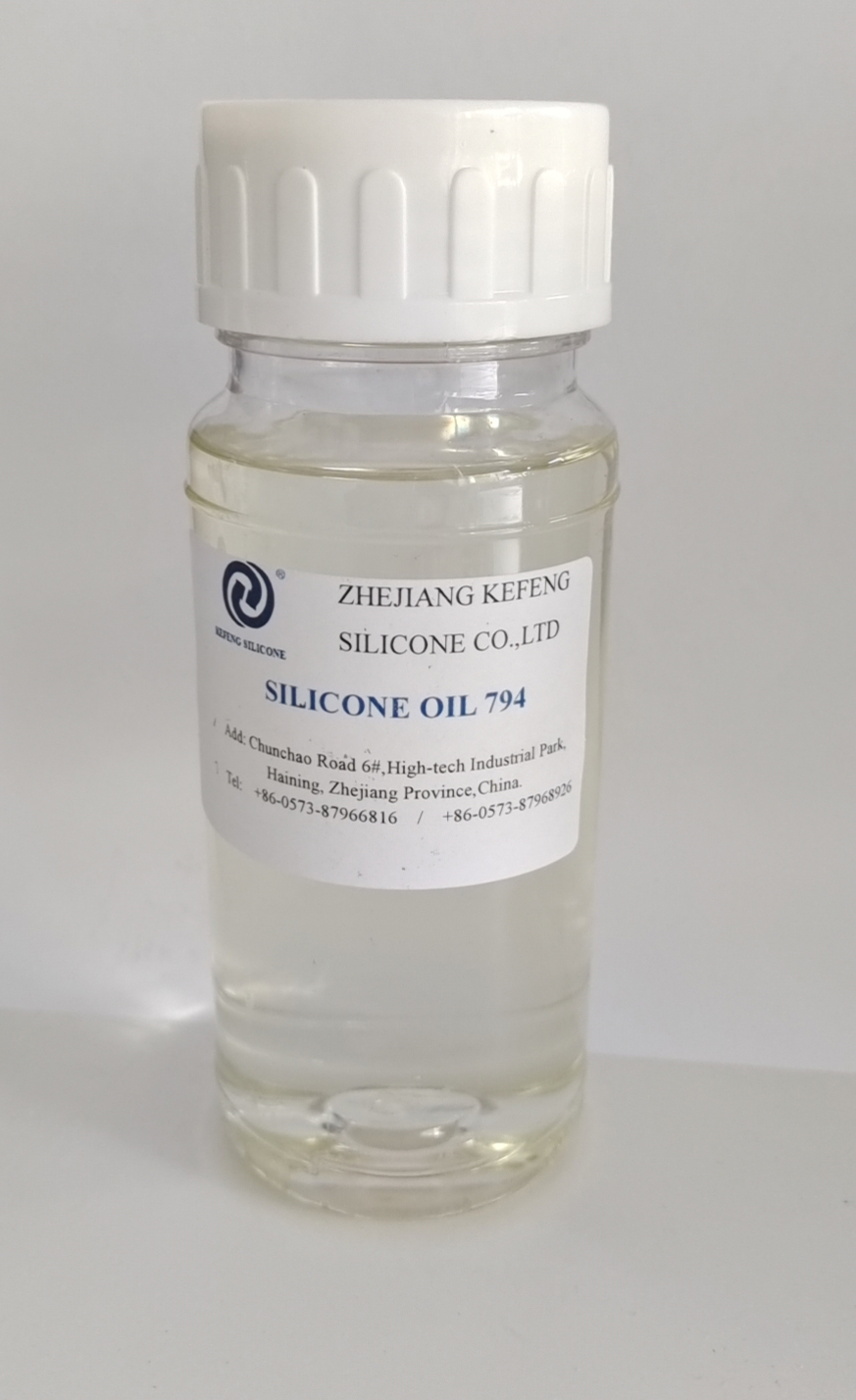

Views: 3 Author: Site Editor Publish Time: 2023-12-14 Origin: Site

pH-Stabilizing Textile Buffering Agents for Consistent Quality is a highly innovative and effective solution for the textile industry. It is designed to maintain the pH balance of fabrics during the manufacturing process, ensuring consistent quality across all batches.
The use of these buffering agents has several benefits for textile manufacturers. Firstly, it improves the overall quality of the fabric and helps to maintain its appearance and texture. By stabilizing the pH level, these agents prevent discoloration, yellowing or damage to fibers, which can occur during the manufacturing process. This leads to a more durable and long-lasting fabric that can withstand prolonged use and wear.
Moreover, pH stabilization helps to optimize the manufacturing process by reducing the risk of batch variations. By maintaining consistent pH levels, these agents ensure that all batches of fabrics are of the same quality. This leads to improved cost-effectiveness by reducing the need for additional quality control measures or rejection of batches due to quality issues.
Another significant advantage of pH-Stabilizing Textile Buffering Agents is their compatibility with a wide range of dyes and chemicals used during the manufacturing process. This ensures that the integrity of the dye is maintained, resulting in vibrant and long-lasting colors.
Additionally, these buffering agents are eco-friendly and safe to use, as they do not contain harmful chemicals or toxins that can damage the environment or cause health risks to workers or end-users. They are also easy to handle and require minimal technical expertise, making them accessible to a wider range of textile manufacturers.
Overall, pH-Stabilizing Textile Buffering Agents are an excellent solution for textile manufacturers looking to improve their quality control measures and reduce batch variations. By stabilizing the pH level of fabrics, these agents enhance their quality, durability and color vibrancy, making them ideal for a range of textile applications. Furthermore, their eco-friendly and safe nature makes them an attractive alternative to conventional textile chemical agents.
